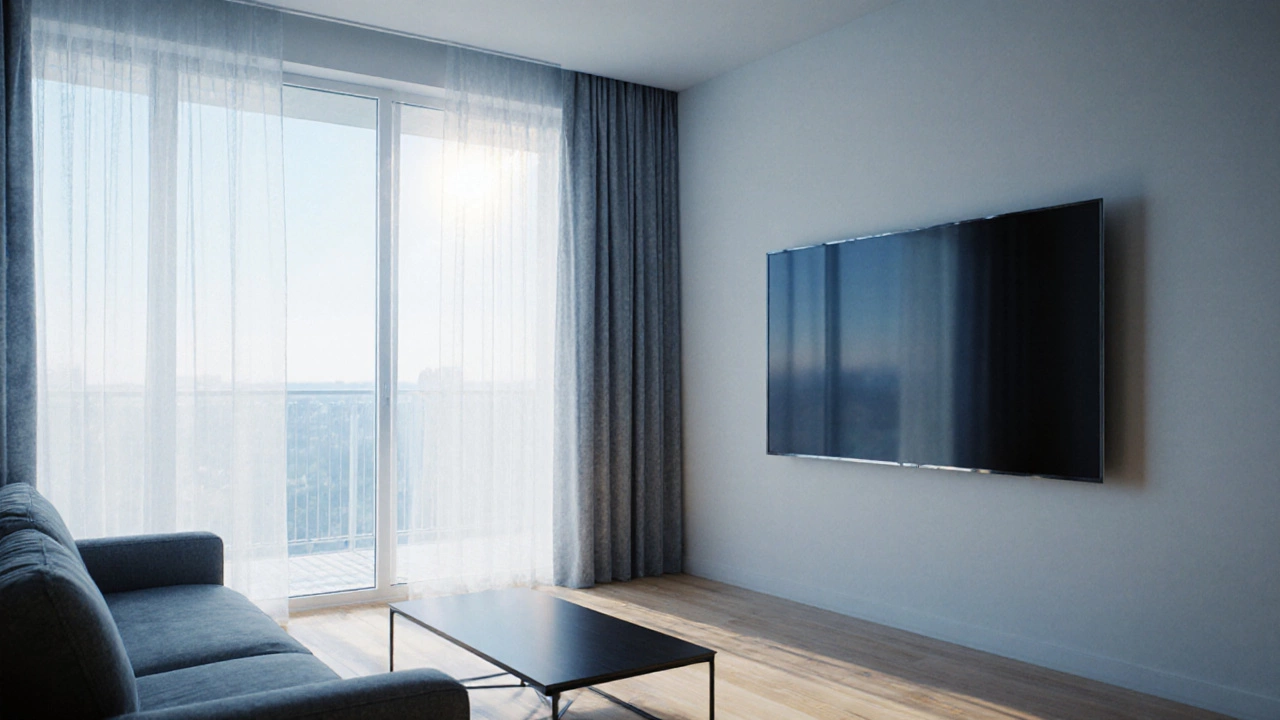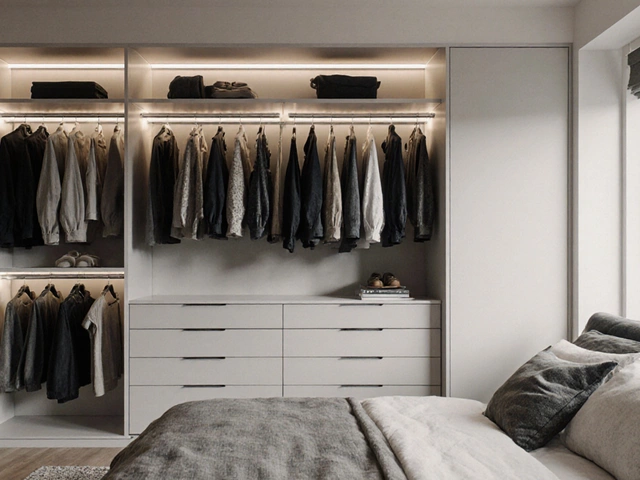TV Placement Mistakes: How to Avoid Common Errors
When dealing with TV placement mistakes, errors that happen when installing or positioning a television in a home setting. Also known as screen positioning errors, it can ruin picture quality, strain eyes, and clash with interior design. The issue encompasses room layout, the way furniture and traffic flow are arranged in a space, wall mounting, the method of attaching the screen to a wall or stand, viewing distance, the optimal space between eyes and screen and ambient lighting, the light levels around the TV that affect glare and contrast. Ignoring any of these elements often leads to a cramped look, glare spots, or neck strain—classic symptoms of a misplaced screen.
Key Factors to Get Right
First, think about room layout. If the sofa sits too close to a corner, the TV may dominate the wall and push the seating area into a tight nook. A simple rule from interior designers is to keep at least two feet of clearance around the viewing zone; this also respects the flow highlighted in our home storage management guides. Second, wall mounting decisions matter. A tilting bracket works for low eye level, while a fixed mount suits eye‑level placement. Badly chosen brackets can cause the screen to wobble, especially on older studs that often need reinforcement—something our foundation repair articles cover in detail. Third, nail the viewing distance. The Society of Motion Picture and Television Engineers recommends a distance of 1.5 to 2.5 times the diagonal screen size. Too close and you’ll see pixelation; too far and the picture feels flat. Lastly, manage ambient lighting. Soft, indirect light from side fixtures—like the warm lamps discussed in our curtain color posts—reduces glare without washing out colors. Avoid placing the TV opposite a bright window; instead, use sheer curtains to diffuse harsh sunlight.
By aligning TV placement with these four pillars—room layout, wall mounting, viewing distance, and ambient lighting—you turn a stumbling block into a design advantage. The next section pulls together practical advice, real‑world examples, and step‑by‑step checklists that will help you spot and fix each mistake before it costs you time or money. Below you’ll find a curated collection of articles that dive deeper into interior design, home renovation, and the technical details you need to get your screen set up right the first time.
Where Not to Put a TV? Avoid These Common Placement Mistakes
Learn where NOT to install a TV, avoid glare, heat, humidity, and visual clutter, and get a practical checklist for perfect placement.
full article




